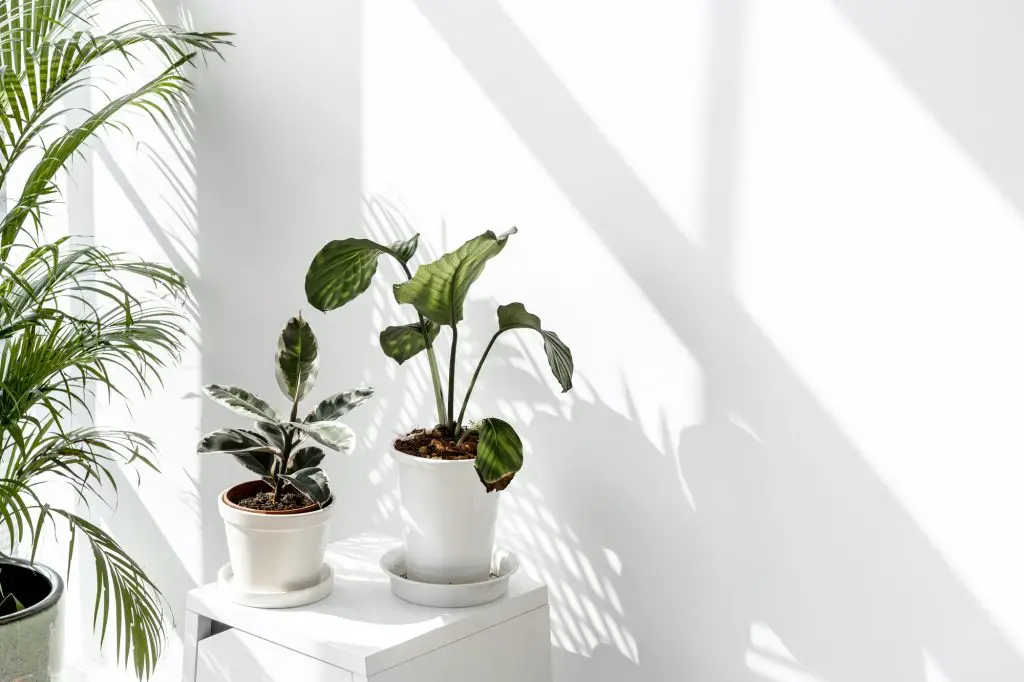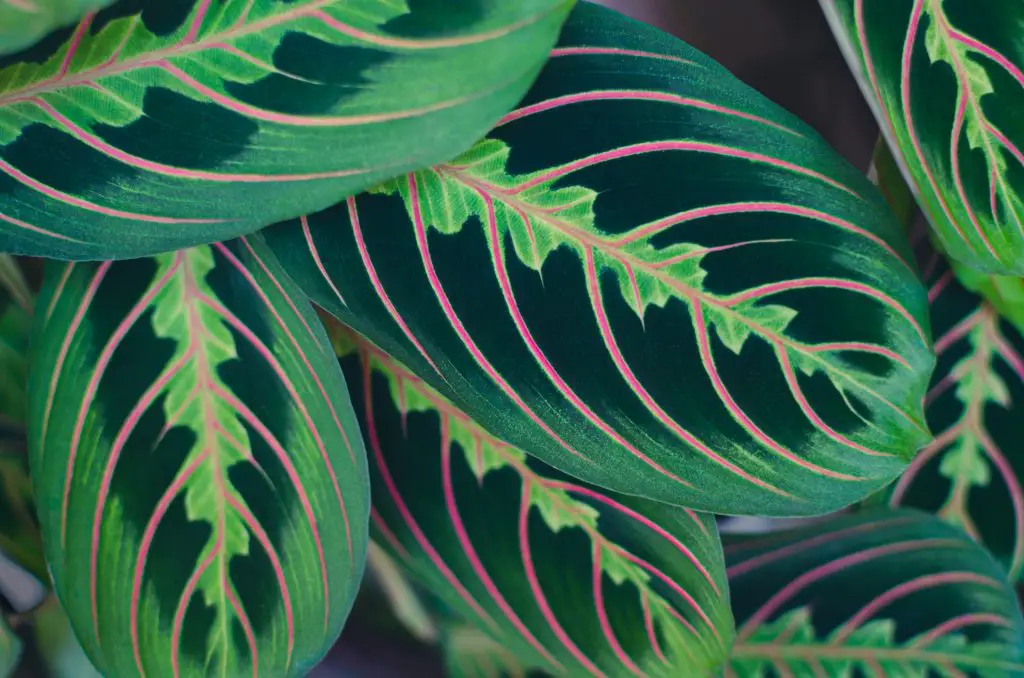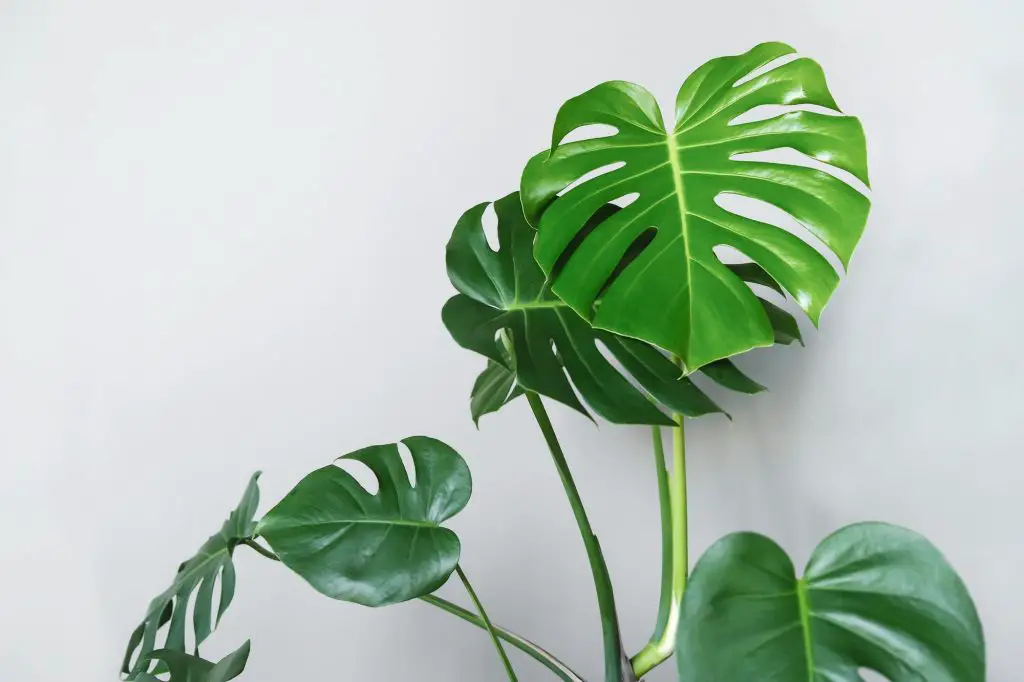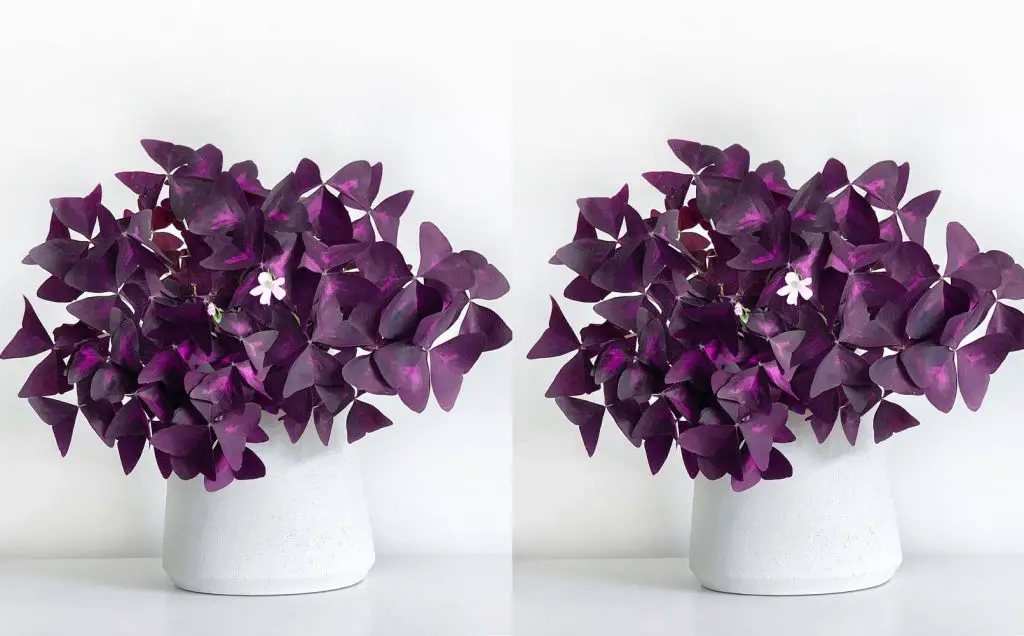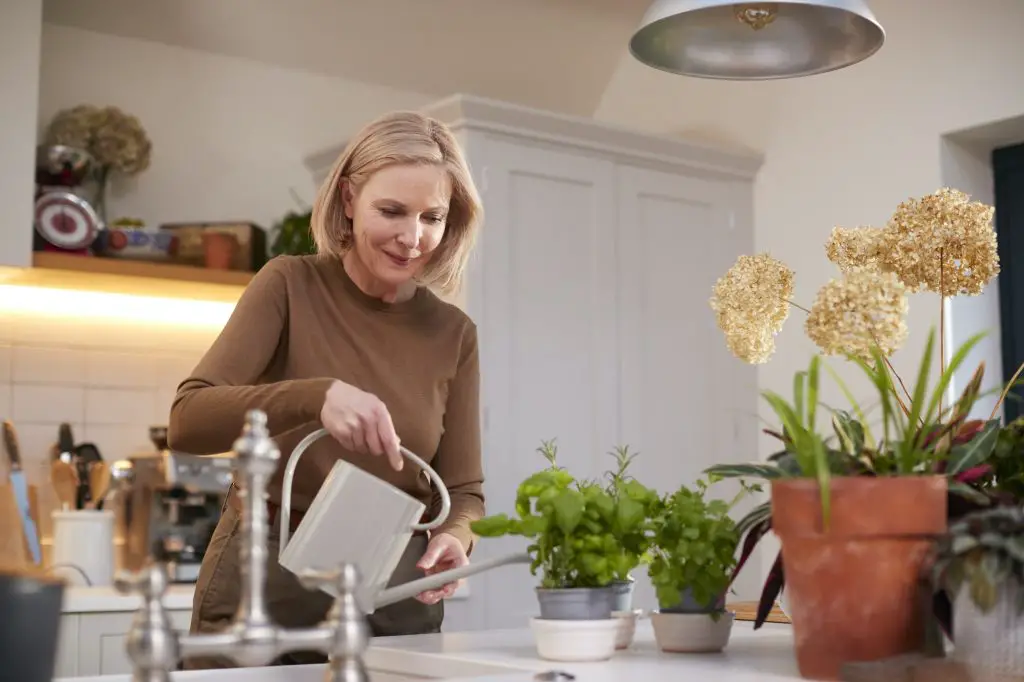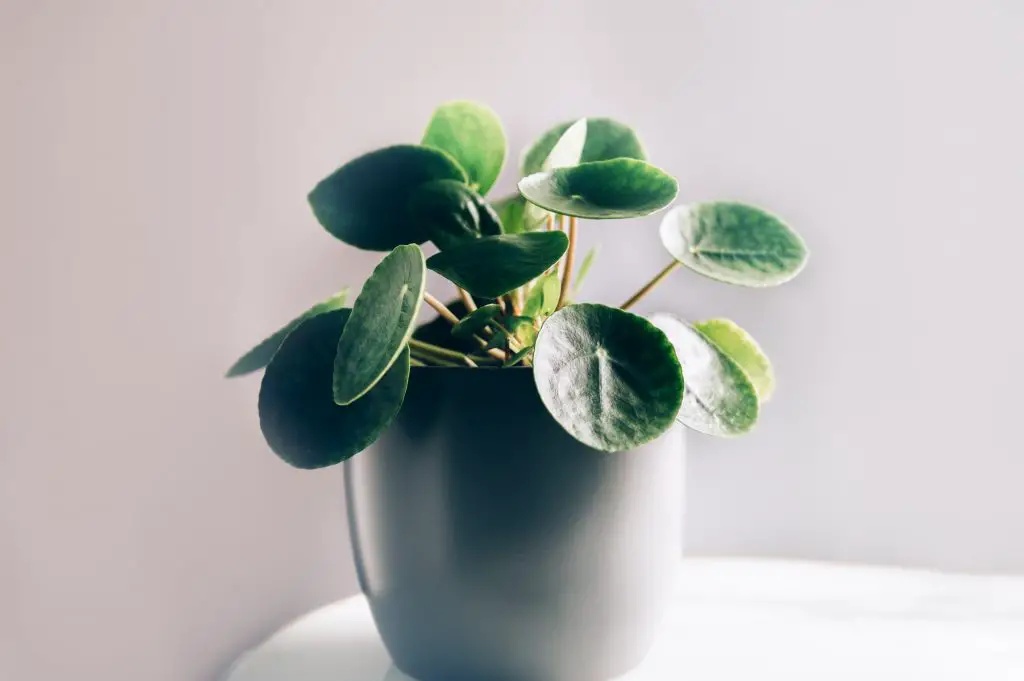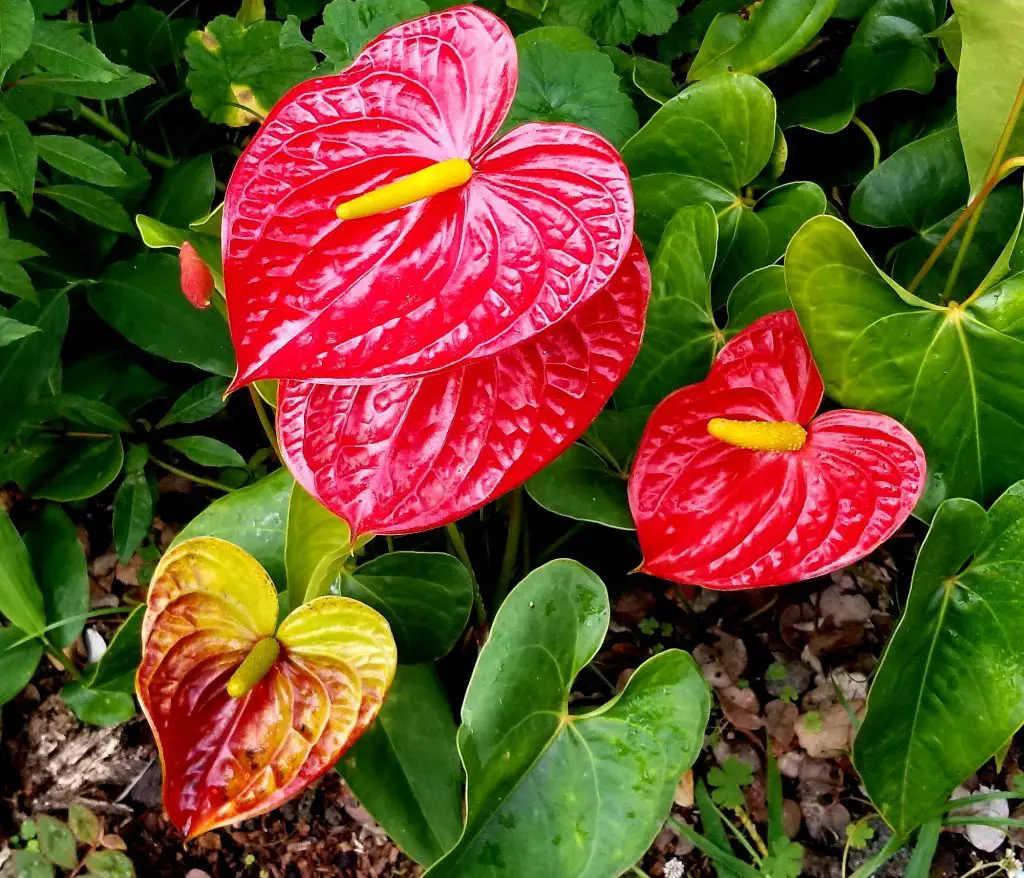Whether you are a gardener or not, there are chances that you must have seen the Calathea orbifolia plant somewhere, everyone knows and loves it.
Apart from the unbending truth that this amazing plant is easy to grow, it also adds elegance to wherever space it is placed, calathea orbifolia is that plant that makes a statement in your home and leaves you drooling over its elegance.
We understand that while it is easy to admire healthy, mature houseplants, a lot of people do not find growing and caring for them easy. This article will explain all you need to know to grow and care for calathea orbifolia.
Table of Contents
Calathea Orbifolia Plant Background
| Botanical name | Calathea Orbifolia |
| Light | Medium, indirect light |
| Soil type | Well-drained soil |
| Soil pH | 5.0 to 6.0 |
| Water | Moderate, moist. |
| Temperature | 55 and 70 degrees F( 15 to 21 degrees C) |
| Origin | Bolivia, South America |
| Toxicity | Non-toxic. |
This magnanimous plant is a species of the prayer plant family from Bolivia in South America, it is also known as one of the largest varieties in the calathea species. The plant is popularly known for its magnanimous oval-shaped, deep green leaves. The plant comes in a combination of colors that leaves you admiring its beauty.
When compared to many other houseplants, the orbifolia is quite large; the leaves are silvery-green with dark-colored veins.
The calathea orbifolia is a succulent plant and succulent plants are known to retain water in the parts of their body, this makes it quite easy to raise them as indoor plants.
Growing calathea orbifolia involves understanding your plant and modeling its native home; the tropics. Below are all the guides you need!
Quick Tip
Lighting is very important to calathea orbifolia; however, it requires indirect light, shielded from the full sun. Placing your plant by a north-facing window will give your plant the light requirement it needs. You could also try an east-facing window, in the morning.
Calathea Orbifolia Propagation Requirements
Want to grow Calathea orbifolia at home? You’ll need these:
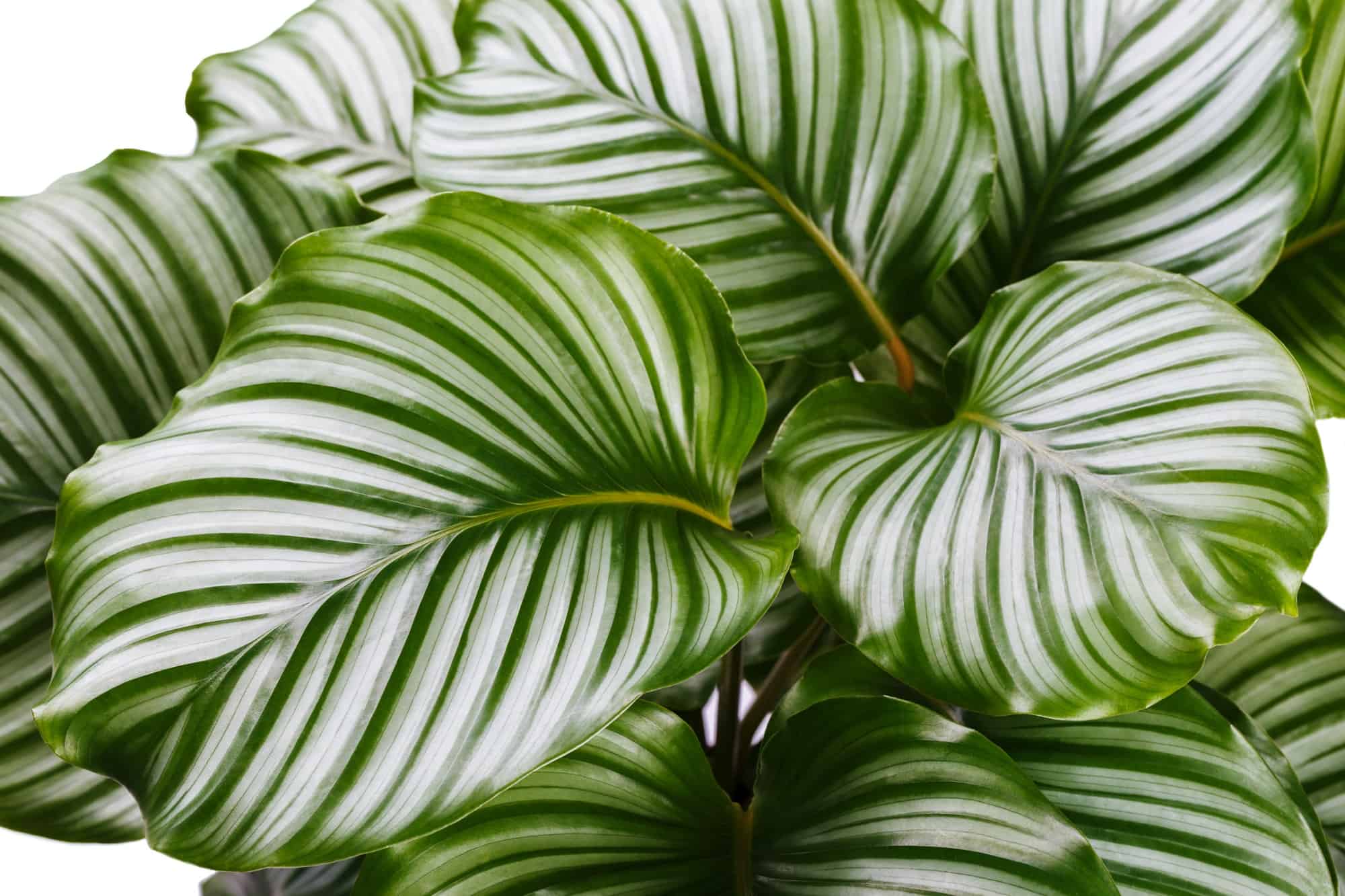
1. Light
In the tropical forest, the calathea orbifolia can be seen growing in partial shade; this indicates that the plant will grow best in bright, indirect light. You can place your plant where it receives medium light or where it is shielded from direct light. However, your plant shouldn’t be placed where it won’t receive light at all.
Direct light can cause your plant’s leaves to fade and get damaged, the same way too low light will also cause damage. There should be a balance.
2. Water
Watering is important to most plants. Similar to light, there must be a balance in your plant’s watering schedule or it will die. It cannot be too little and it cannot be too much. the goal of watering is to keep the soil moist but never soggy, hence, your best bet is to create a schedule that fits the need of the plant.
2. Humidity
The humidity you give your plants should model the one in where your plant is coming from. As a tropical plant, your plant has a high humidity requirement, the best thing to do is to place them in a high humid environment in your home i.e. kitchen bathroom.
You can also increase the humidity around your plant. this can be done in various ways.
One way to increase humidity is by putting water in a spray bottle and carefully mists your plant. Another way to increase humidity is by placing your plant on a peddle tray. One other tested way to bring about humidity is by purchasing a humidifier and placing it in your home.
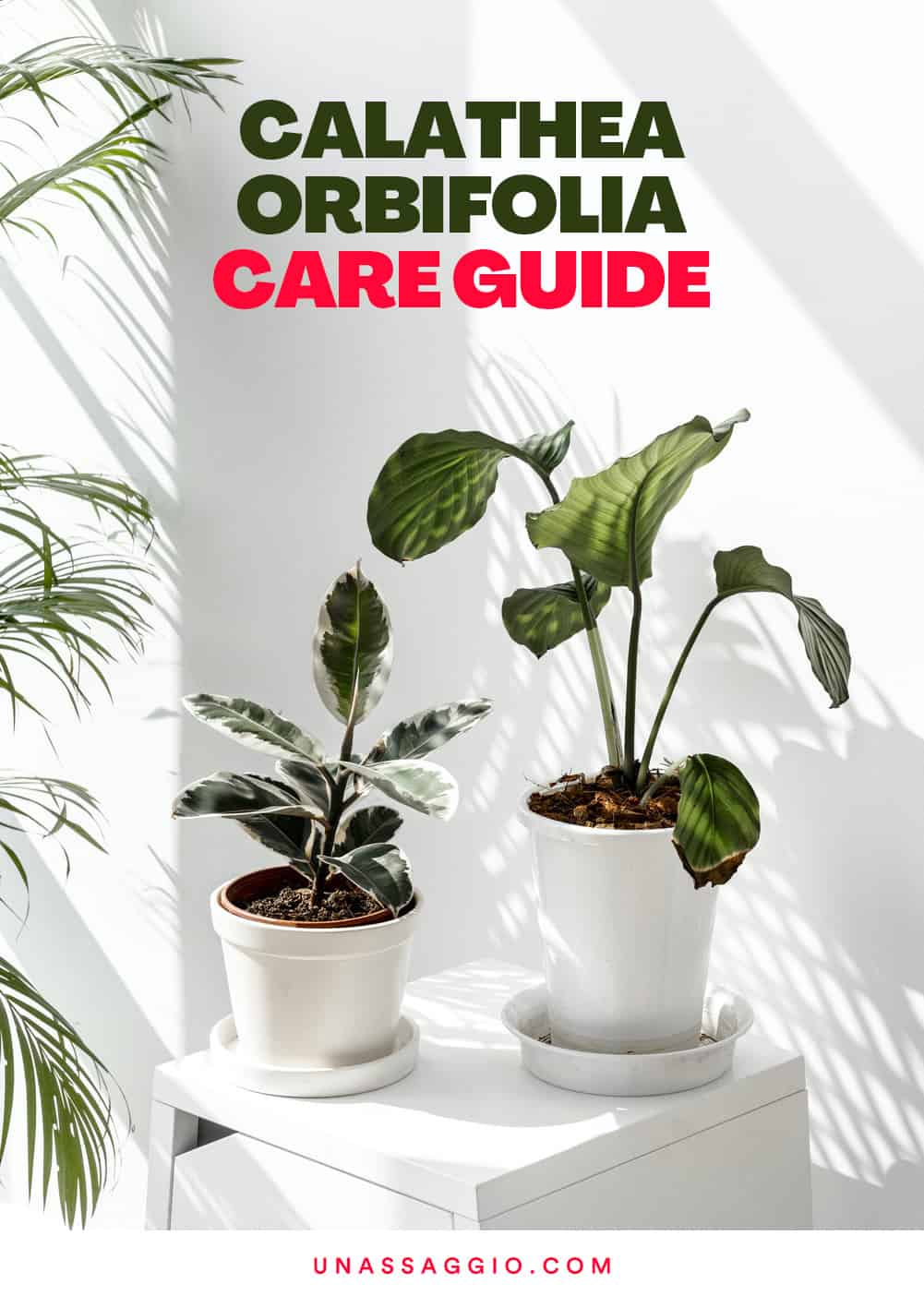
3. Temperature
The best temperature for a tropical plant such as calathea orbifolia is between 55 and 70 degrees F( 15 to 21 degrees C). Do not place the plant below 55 degrees F, if the temperature outside is within this range, it is safe to say you can move your plant outside, however, once it begins to drop or increase, you should take it in or it might destroy your plant.
4. Soil
In deciding which soil to use in planting your calathea, we might not be able to tell you an exact soil that is ideal for your plant, however, like many other tropical plants, the best form of soil to use is rich, well-drained soil. A well-draining soil is very important to most houseplants, you can add some organic materials to the soil to enhance its drainage capability i.e. peat moss or coco coir.
The goal is to keep the soil drained but moist.
Avoid soils that are too sandy, dry, etc. The calathea orbifolia also enjoys slightly acidic soil, a pH between 5.0 to 6.0 is best for your plant, adding some organic materials can also help in adjusting the soil pH level, however, exercise caution as adding too much can damage the plant. Getting a potting mix for a houseplant is also fine for your plant.
5. Fertilizers
Your calathea orbifolia do not require feeding, however, you can give them some fertilizer during the growing season. You can purchase fertilizers for tropical plants, however, be sure to dilute the fertilizer to half its strength before you feed them.
You should also never feed them so much; you can make a schedule to feed once a month. Feeding them too often or with a lot of fertilizer can cause their roots to burn.
Calathea Orbifolia Propagation
Many of us must have thought the calathea orbifolia can be propagated via stem cutting like other succulent plants; however, it is not the case. Calathea can be propagated via division and not stem cutting. Follow the steps below to propagate your plant.
- Get a healthy, mature plant and gently remove it from its pot.
- Carefully remove the dirt from the root. Be careful so you do not cut out the root with the dirt.
- With the use of a sterilized blade, cut a section from the tuber, make sure the section is still connected with its roots and stem.
- Re-pot them in the right soil, with the right side of the pot, and water it.
- Cover the plant with a transparent plastic bag, to keep it warm and moist.
- Mist the plant daily. When you notice a new growth shooting, you can then remove the plastic bag.
- Water the plant carefully and watch them grow healthy.
Calathea Orbifolia Plant: How To Care For Your Calathea Orbifolia
Caring for your Calathea orbifolia is fairly easy, here are some tips:
- Although misting your plant can help increase humidity around it, it can help prevent the infestation of spider mites.
- You do not need to prune the calathea orbifolia, this is because the leaves are single-stemmed so there is nothing to prune. You only have to get rid of brown, damaged, colored leaves to keep your plant looking attractive.
- Tap water shouldn’t be used for watering, this is so because, and calathea is sensitive to salts and chlorine that is found in tap water. You can make use of purified water. Continuity of tap water for your plant can lead to damages and ultimately death.
- You can re-pot your plant. Depending on your reason for repotting, you can choose the time or season to re-pot. Slow growth is a good reason to move your plant to another pot. It is best to re-pot into a larger pot than the previous i.e. 2 inches bigger.
- Your plant’s leaves can begin to curl up if it is dehydrated. You should adjust your watering schedule when you notice this.
- Brown and dry leaves are one thing every calathea orbifolia owner can attest to. When you notice this on your plant, do not panic, this usually occurs during winter, it is a sign that your plant is trying to adapt to new conditions. Simply cut the brown edges, and then get a humidifier to keep your plant in a good condition.
- Calathea orbifolia is not toxic to your pets and kids, so you can rest.
Extra tip: To prevent the infestation of spider mites in your home, make sure to check your plants regularly to see if insects are hiding between the leaves.
- The growth rate and leaf color of Orbifolia will vary greatly depending on soil type, sunlight, temperature and other factors. Lower leaves are often trimmed prior to shipping to reduce transpiration and travel stress.
- Orbifolia are very easy to grow tropical plants that require little care indoors or out. They add a wonderful accent to any window-sill, sunroom or patio.
- Best outdoors if grown in zone 10-11. Calathea thrives best without direct sunlight, so it will happiest in a bright spot with indirect sunlight. Depending on your location filtered sun is best.
Prices pulled from the Amazon Product Advertising API on:
Product prices and availability are accurate as of the date/time indicated and are subject to change. Any price and availability information displayed on [relevant Amazon Site(s), as applicable] at the time of purchase will apply to the purchase of this product.
Calathea Orbifolia FAQ
Are Calathea plants easy to care for?
The beautiful Calathea is easy to care for so far you know the rudiments necessary for its survival. Studying the nature of a plant and its basic requirements lays a foundation to have an easy propagation. The Calathea thrives in a low humid environment with bright but indirect sunlight, moderate watering that keeps the soil moist, and a good potting container that allows for space.
Can Calathea grow in low light?
Yes, your Calathea can grow in low light but not for long. Although Calathea can grow in low light, they still require bright but indirect light to thrive as expected. Consistent exposure to sunlight reduces the growth level of your plant and may damage the plant permanently. On the other hand, consistent exposure to direct sunlight would damage the foliage appearance of your eaves. If grown outdoors, keep your Calathea shaded from direct sunlight.
What is the easiest Calathea to care for?
The easiest Calathea to care for is the Calathea lancifolia. The Calathea Lancifolia is not a rare species as it can be found in online stores and house plant nurseries. In addition, the Calathea Lancifolia does not require as much attention as other species do. A proper location, bright but indirect sunlight, proper soil mixture, adequate watering, good potting system, and a standard fertilizer are all that your Calathea Lancifolia needs to survive.
Should I cut dead leaves off Calathea?
Yes, you should cut dead leaves off Calathea by trimming off with pruners or hand plucking the dead parts. Cutting off dead parts allows room for growth and improves the foliage appearance of the plant. In addition, when you cut off dead leaves you allow healthy parts of the plant to get adequate nutrients and allow for an even spread of nutrients.
Do Calatheas like to be misted?
Yes, your Calathea likes to be misted. Both sides of the plant need to be misted to prevent either part from drying out. When you mist your Calatheas regularly, you provide the humidity your plant needs. Also, misting helps wade off pests and dirt and helps keep the foliage appearance neat and appealing.
In Conclusion
We know you love your plants, however, love alone is not enough, your plants need care and attention.
The calathea is not one to take so much of your time; they only want the basic and a little extra care. You and your plant will be happy when all the care finally pays off.
Read next:
- Purple Passion Plant Propagation And Care Guide
- Pothos Leaves Turning Yellow (Causes And How to Fix It)
- Epiphyllum Cactus Plant: The Complete Growth And Care Guide
- Peperomia Plant: The Complete Growth And Care Guide
- Spider Plant: The Complete Growth And Care Guide (2021)
- Devil’s Ivy (Pothos) Plant: The Complete Growth And Care Guide
- Philodendron Plant: The Complete Growth And Care Guide

